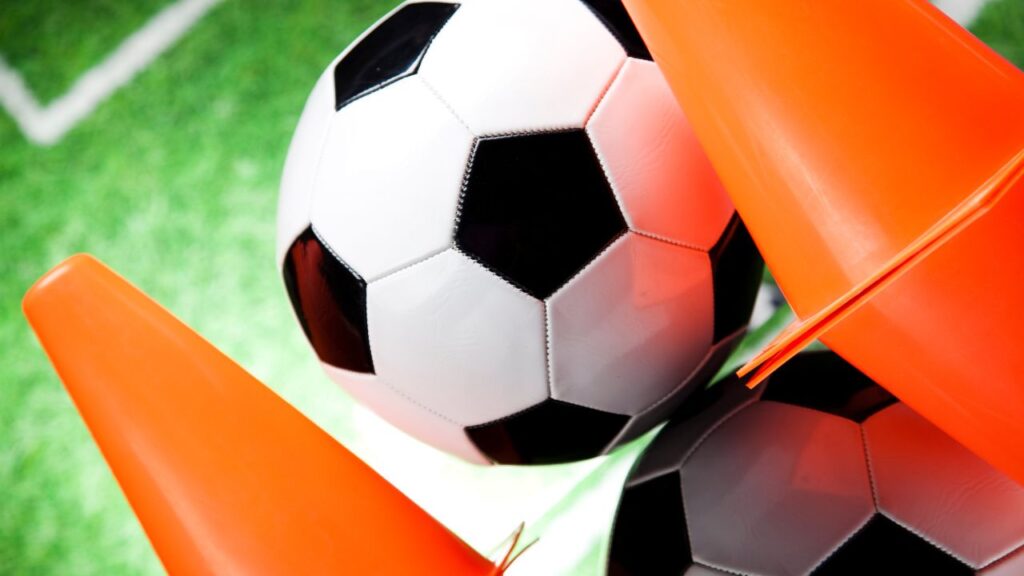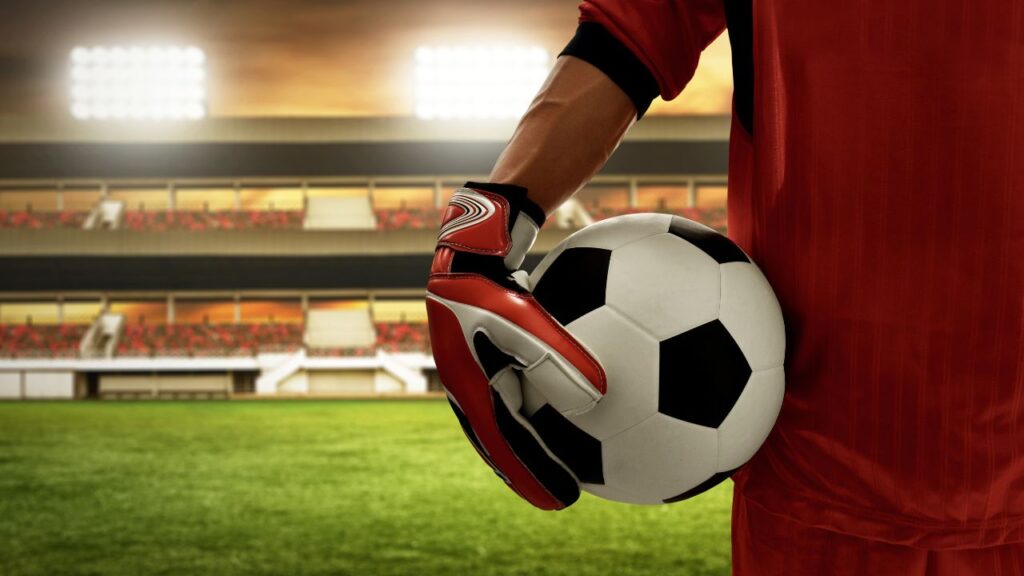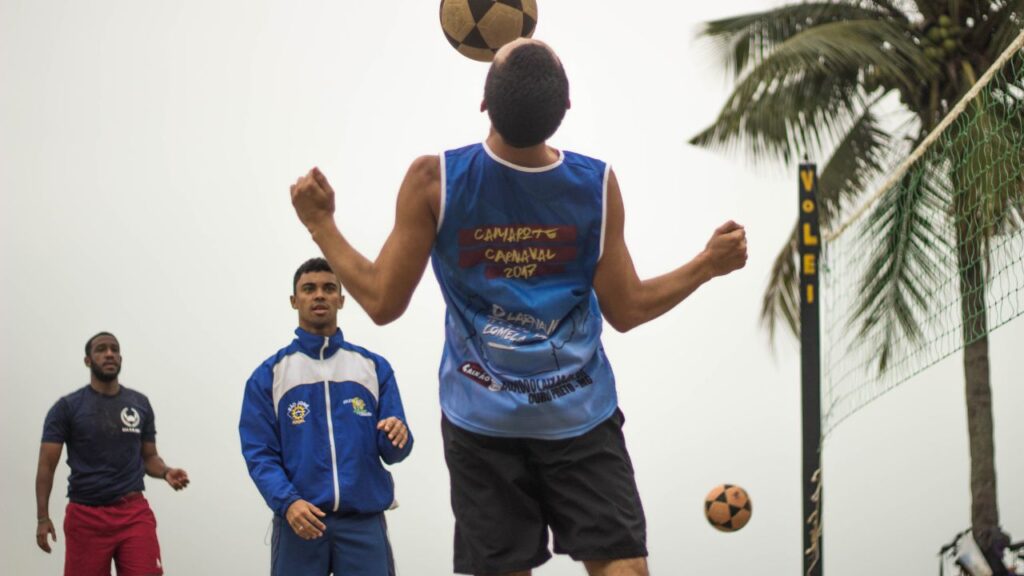Football’s landscape in 2025 is pulsating with fresh life as the era defined by Lionel Messi and Cristiano Ronaldo gracefully fades into history. The Ballon d’Or ceremony this year will mark a profound shift — no iconic appearances by Messi or Ronaldo, two legends whose rivalry carved unforgettable narratives for over a decade and a half. Instead, the spotlight now dances on a new cadre of prodigious talents. Real Madrid’s Vinicius Junior stands out as the frontrunner for the award, not only representing a new generation born this century but also embodying the evolution of football’s artistry and athleticism. His breathtaking Champions League hat trick against Borussia Dortmund was a vivid reminder that football’s future is as spectacular as its past.
Yet the picture is far from settled. As the glitter fades from old prototypes, whispers emerge about the brewing rivalry between Kylian Mbappé and Erling Haaland. These two titans, spearheading Madrid and Manchester City, respectively, are stirring debates that reignite passion in every corner of the globe. With Mbappé’s lightning speed and instinctive flair contrasting with Haaland’s sheer power and clinical precision, fans and pundits alike are glued to the evolving drama. Amid everything, the sport’s quintessential brands like Nike, Adidas, Puma, and Under Armour are not just outfitting these stars but influencing the culture that surrounds them, driving football’s appeal beyond the pitch.
This vibrant transition invites a deeper dive into the stories, styles, and statistics fueling this new age of superstars — highlighting not just their numbers but their narratives, ambitions, and the footballing philosophies they represent. The stage is set for new legacies to be forged, challenges to be met, and moments that capture the chaotic beauty of the game.

The New Generation of Ballon d’Or Contenders: Vinicius Junior’s Rise and Beyond
Vinicius Junior’s ascent to the pole position in the Ballon d’Or race encapsulates an era where the sport is reshaping its heroes. Born in the 2000s, Vinicius is the first player from this century to be a serious contender for football’s most prestigious individual accolade. His explosive speed, slick dribbling, and knack for spectacular goals have electrified Real Madrid’s attack, cementing his role in securing a historic 15th European Cup for the club.
His recent performance, a stunning Champions League hat trick against Borussia Dortmund, crystallized his worth in global football. Teammates like Lucas Vazquez publicly acknowledge his stature, signaling a vote of confidence that encircles his talent and leadership on the pitch.
Why Vinicius Junior Represents a Shift in Football’s Talent Paradigm
- Youth and Energy: As an emerging star born in the 2000s, Vinicius symbolizes the infusion of raw energy challenging the game’s veteran dynasties.
- Technical Brilliance: His silky footwork and ability to unlock defenses echo past maestros but with modern dynamism propelled by cutting-edge training under brands like Adidas and Puma.
- Cultural Impact: Beyond football, Vinicius represents Brazil’s ongoing love affair with the sport, carrying the legacy into a new generation bolstered by global fanbases and digital realms fueled by Nike and Reebok merchandising.
- Team Contribution: Instrumental in Real Madrid’s continental success, his role transcends personal glory, helping shape strategies that blend mentorship and youthful zeal.
This redefined player profile challenges the old norms where only European-born players clinched major awards. Football’s globalization, aided by sportswear brands such as Umbro, Kappa, and New Balance, supports the rise of talents hailing from diverse backgrounds, enriching the game’s tactical and cultural variety.
| Player | Birth Year | Club | Key 2025 Stats | Ballon d’Or Position |
|---|---|---|---|---|
| Vinicius Junior | 2000 | Real Madrid | 35 goals, 18 assists, Champions League Hat Trick | Favorite |
| Rodri | 1996 | Manchester City | 12 goals, 10 assists, Premier League powerhouse | Second Favorite |
| Kylian Mbappé | 1998 | Real Madrid | 30 goals, 14 assists, World Cup Final Hero | Top Contender |
| Erling Haaland | 2000 | Manchester City | 47 goals, 9 assists, Premier League Golden Boot | Top Contender |
The Historical Weight of the Ballon d’Or and Changing Trends
The Ballon d’Or, awarded since 1956, has a storied lineage often shaped by European players, with legends like Marco van Basten, Zinedine Zidane, Ronaldinho, and Rivaldo punctuating its history. The dominance of Messi and Ronaldo through a remarkable 13 wins over 16 years often eclipsed the diversity of winners. This year’s ceremony, however, signals a return to a less predictable format reminiscent of pre-Messi-Ronaldo days.
Players such as Luka Modric and Karim Benzema — born in the ‘80s — briefly interrupted the Messi-Ronaldo supremacy, illustrating that excellence has multiple faces. Furthermore, the cancellation of the 2020 award during the pandemic year, when Robert Lewandowski’s dominance was unquestioned, spotlighted the complexities in awarding such honors. The evolving nature of the award parallels the game’s growth, adapting to new media landscapes, fan expectations, and commercial dynamics courtesy of players’ endorsements with brands like Nike and Under Armour.
Mbappé vs Haaland: The New Rivalry Defining Football’s Future
The absence of Messi and Ronaldo has left a vacuum, but it’s being filled swiftly by the electric dynamic between Kylian Mbappé and Erling Haaland. Both players represent the modern archetype of superstars: Mbappé with his dazzling speed and precision, Haaland with his muscular presence and relentless goal-scoring efficiency. This rivalry isn’t just a duel; it’s a clash of styles that appeals across continents and fanbases, amplified by their roles in the two best teams in Europe, Real Madrid and Manchester City.
Contrasting Styles That Captivate Football Fans Worldwide
- Kylian Mbappé: Known for his explosive pace, clinical finishing, and incredible dribbling, Mbappé’s playing style combines youthful exuberance with tactical intelligence. Key to France’s World Cup success, he embodies a brand of football that’s both mesmerizing and decisive.
- Erling Haaland: Towering and robust, Haaland’s game relies on physicality, positioning, and a jaw-dropping scoring rate. His ability to muscle through defenses and find space in tight spots has made him the Premier League’s leading marksman.
- Support Systems: Both are backed by world-class squads and coaching, with Manchester City and Real Madrid investing heavily in player development and cutting-edge technology partnerships with brands like Adidas and Asics.
- Cultural and Commercial Impact: Their appeal transcends sport, helping global brands like Puma, Reebok, and New Balance to tap into diverse markets via sponsorships and signature gear lines.
Fans witness a narrative growing every match day — every duel between these giants becomes a spectacle and a storyline worth following, blending athleticism with theatrical drama.
| Player | Key Strength | Club | Goals Scored (2025) | Unique Feature |
|---|---|---|---|---|
| Kylian Mbappé | Speed & Tactical Awareness | Real Madrid | 30 | World Cup Final Hat Trick |
| Erling Haaland | Physical Presence & Efficiency | Manchester City | 47 | Premier League Golden Boot |
Legacy and Leadership: What Defines Today’s Football Superstars?
The superstars of 2025 carry legacies not just in goals or trophies but in leadership and mental strength. While Messi once dominated through sheer skill and Ronaldo through relentless work ethic, the new generation emphasizes versatility, emotional intelligence, and social responsibility.
Leadership on and off the Pitch
Players like Jude Bellingham and Rodri demonstrate that leadership is no longer just about vocal presence but also about inspiring consistency and composure under pressure. Their roles in Manchester City’s midfield have become central to the club’s dominance.
- Responsibility: They actively engage in community and charity projects, embodying modern ideals beyond sports.
- Mental Resilience: Handling the weight of expectations with grace, especially in the social media age where every action is scrutinized.
- Mentorship: Guiding rising stars within their squads, fostering growth and team cohesion.
- Adaptability: Excelling across different competitions and sometimes multiple playing positions.
These multifaceted roles are reinforced by partnerships with iconic global brands such as Nike, Under Armour, and Umbro, intertwining athletic performance with social identity and commercial influence.
| Player | Leadership Trait | Club | Off-Pitch Activities | Brand Partnerships |
|---|---|---|---|---|
| Jude Bellingham | Mental Resilience & Mentorship | Manchester City | Youth Outreach Programs | Nike, Puma |
| Rodri | Consistency & Adaptability | Manchester City | Community Work in Spain | Adidas, Reebok |

Behind the Scenes: How Football’s Biggest Brands Shape the Superstars and the Game
Global sportswear giants have a silent yet fierce competition to shape football culture in 2025. Brands like Nike, Adidas, Puma, Under Armour, Reebok, New Balance, Umbro, Kappa, Asics, and Diadora fuel the game’s heartbeat through sponsorships, innovation, and style. Their influence extends beyond kits and boots — they sculpt player images, fan engagement, and even training methodologies.
The Role of Brands in Player Development and Public Image
- Innovation in Gear: Cutting-edge boots and apparel improve player performance. For instance, Adidas and Nike have launched boots tailored for speed and power, perfectly complementing fast-paced players like Mbappé and physically imposing strikers like Haaland.
- Marketing & Visibility: Puma and Under Armour expertly craft campaigns that transform players into cultural icons, expanding football’s reach globally.
- Fan Engagement: Through collaborations on merchandise and exclusive drops, brands deepen the bond between players and fans, enhancing football’s global grassroots enthusiasm.
- Training Partnerships: Asics and Kappa partner with clubs on equipment that optimizes recovery and reduces injury rates, sustaining peak player fitness.
The symbiosis between players and brands pushes football into new exciting realms, where athletic performance meets lifestyle and social expression. Fans don’t just cheer for the players — they wear their style, embody their spirit, and live their moments.
| Brand | Key Football Partners | Signature Innovations | Popular Player Ambassadors |
|---|---|---|---|
| Nike | Real Madrid, PSG | Lightweight boots for speed | Kylian Mbappé, Jude Bellingham |
| Adidas | Manchester City, Brazil National Team | Boosted traction tech | Erling Haaland, Rodri |
| Puma | AC Milan, Borussia Dortmund | Enhanced ball control boots | Jude Bellingham |
| Under Armour | US National Team | Compression training wear | Emerging US talents |
| Reebok | Local clubs and grassroots campaigns | Comfort and style fusion | Various young stars |
Emerging Stars and the Future Landscape of Global Football Talent
While the spotlight currently dazzles on figures like Mbappé, Haaland, and Vinicius Junior, the football galaxy continues to expand. Young talents such as Lamine Yamal and other under-the-radar players are carving paths that may soon challenge the established order. These rising stars benefit from enhanced youth academies, global scouting networks, and technologically advanced training backed by brands like New Balance and Diadora.
Why Emerging Players Could Reshape Football’s Next Decade
- Globalization of Training: Improved access to world-class coaching across continents levels the playing field, nurturing talents from regions previously overlooked.
- Technological Edge: Incorporating data analytics and performance monitoring, clubs optimize development strategies for young prospects.
- Diverse Playing Styles: Infusions from different cultures create hybrid styles that keep the game unpredictable.
- Brand Support: New Balance and Diadora’s focus on grassroots development ensures financial and material backing for emerging players.
The football world eagerly anticipates who among these future stars will ascend to fill the void left by legends. Their stories, struggles, and breakthroughs will add rich chapters to the sport’s ever-evolving narrative.
| Emerging Player | Age | Club/National Team | Playing Style | Brand Affiliation |
|---|---|---|---|---|
| Lamine Yamal | 17 | Barcelona | Dynamic winger with flair | Nike |
| Other Prospects | 16-19 | Various global clubs | Versatile midfielders and forwards | New Balance, Diadora |
Frequently Asked Questions about Football’s Current Superstars and Their Impact
- Q: Who is the favorite to win the Ballon d’Or in 2025?
A: Vinicius Junior is the clear favorite due to his phenomenal season and key role in Real Madrid’s triumphs. - Q: How do Mbappé and Haaland differ in their playing styles?
A: Mbappé thrives on speed and tactical intelligence, while Haaland dominates with physicality and clinical finishing. - Q: What role do global brands play in the careers of these superstars?
A: Brands like Nike, Adidas, and Puma provide cutting-edge equipment, marketing, and cultural influence, enhancing both performance and global appeal. - Q: Are there new players on the horizon who might challenge current stars soon?
A: Yes, talents like Lamine Yamal and others backed by advanced training and brand support are preparing to impact football’s future. - Q: Has the absence of Messi and Ronaldo affected the Ballon d’Or competition?
A: Absolutely, it has opened the field to a more diverse set of contenders and sparked new rivalries shaping football’s narrative.
